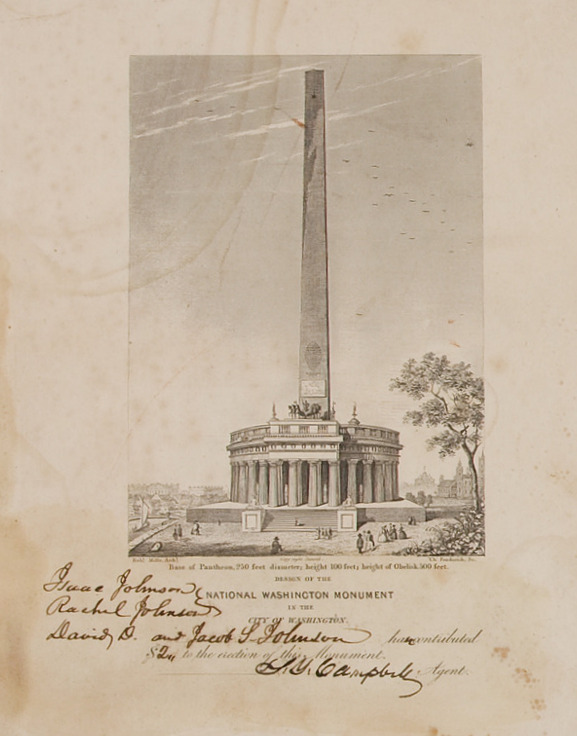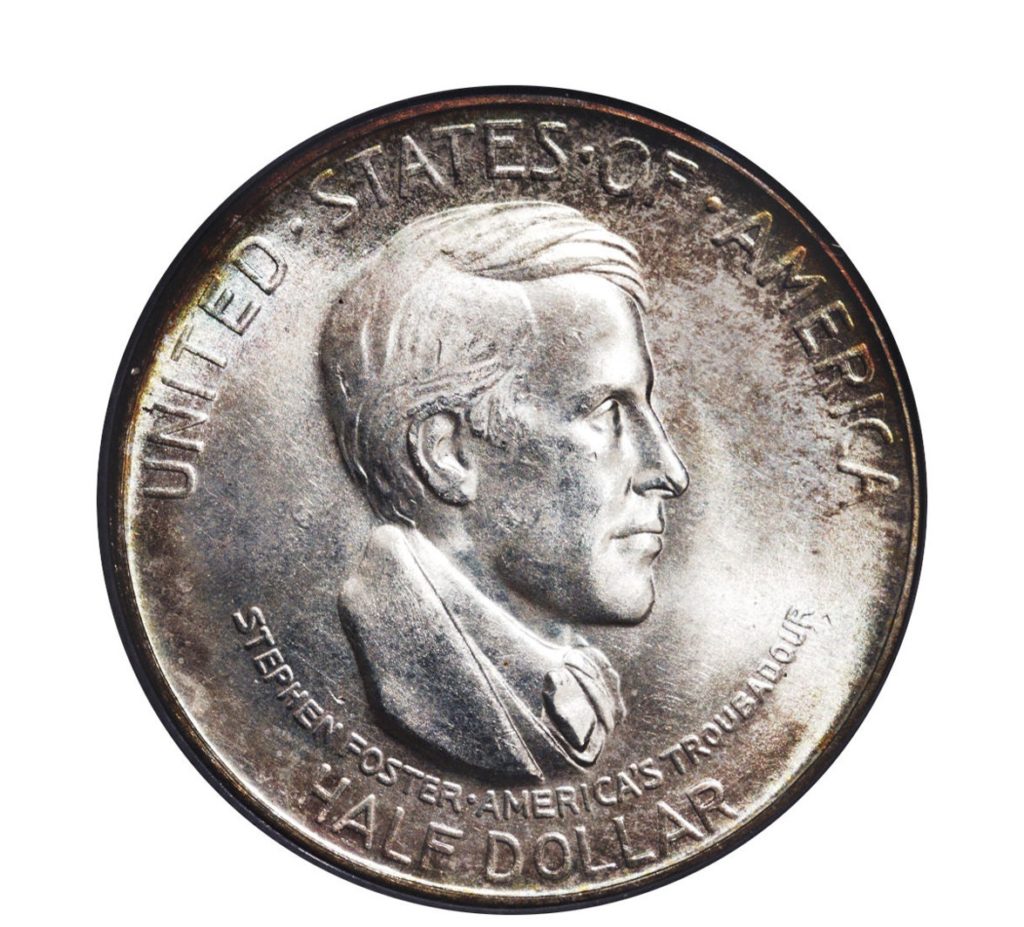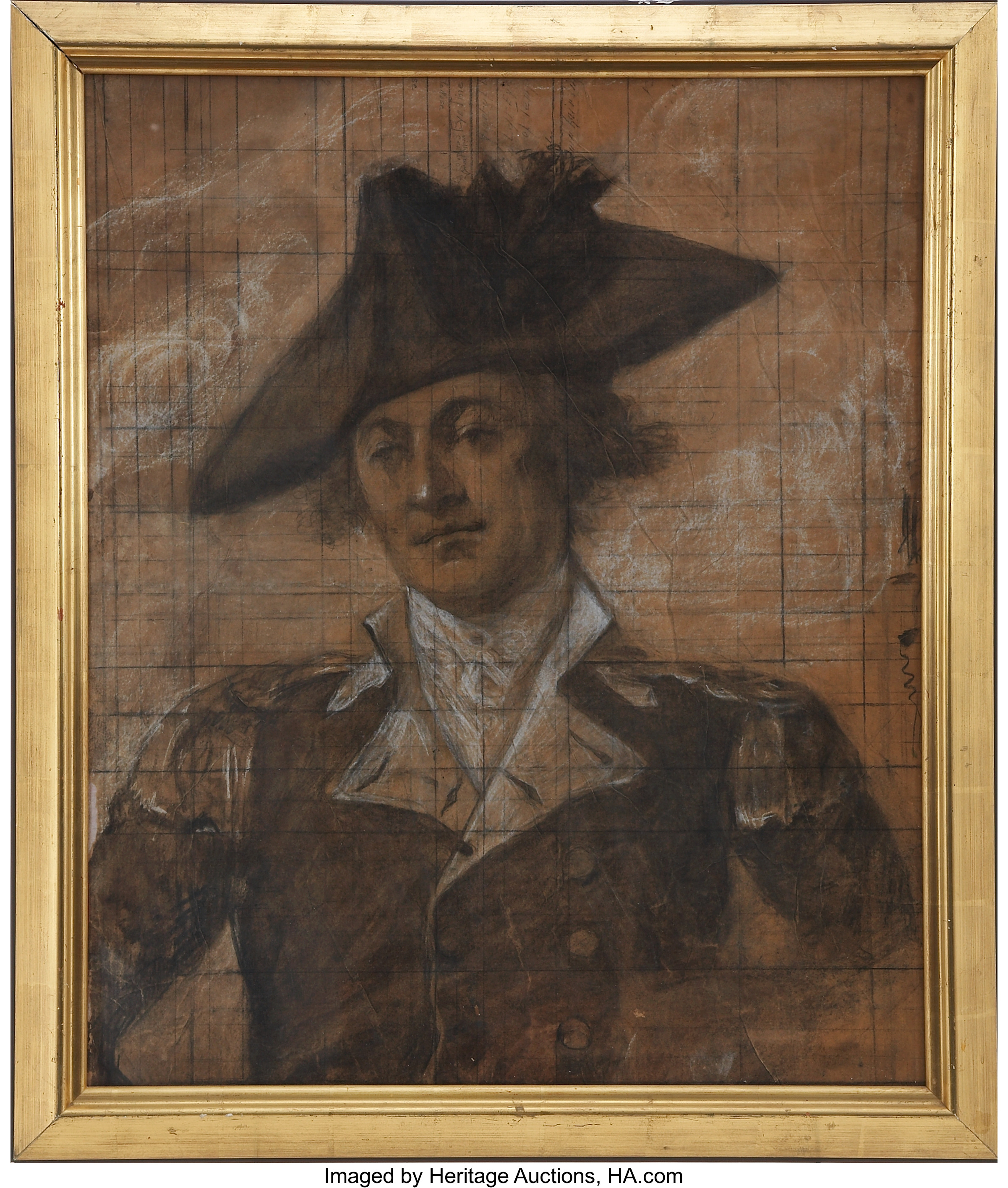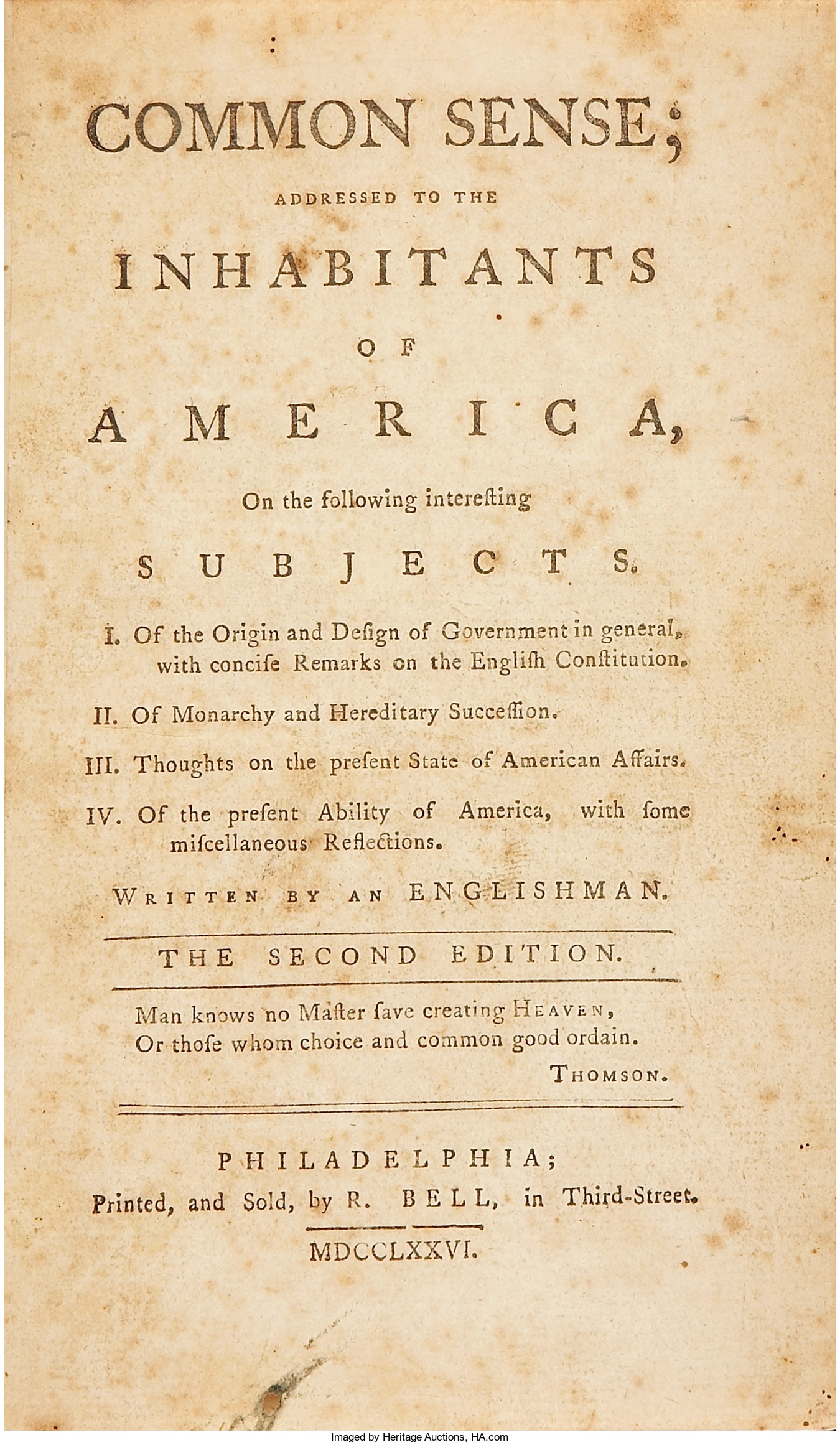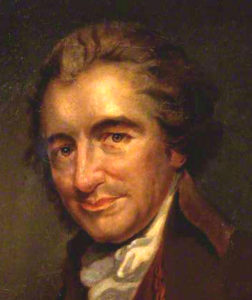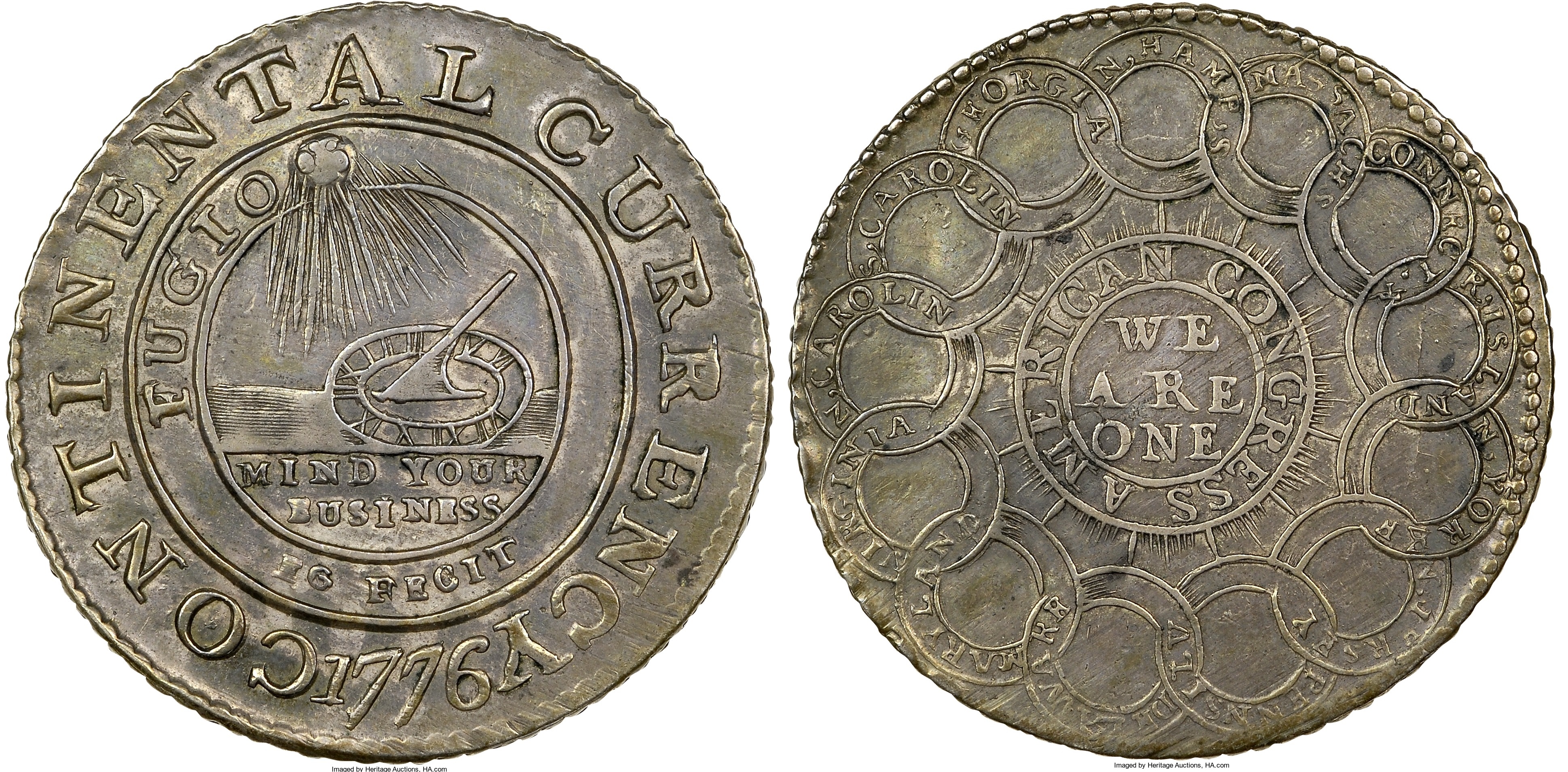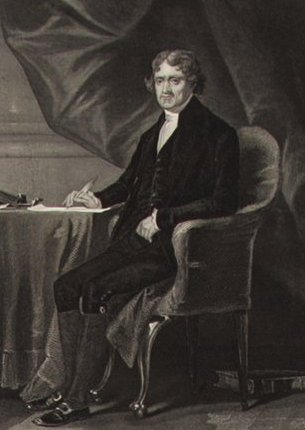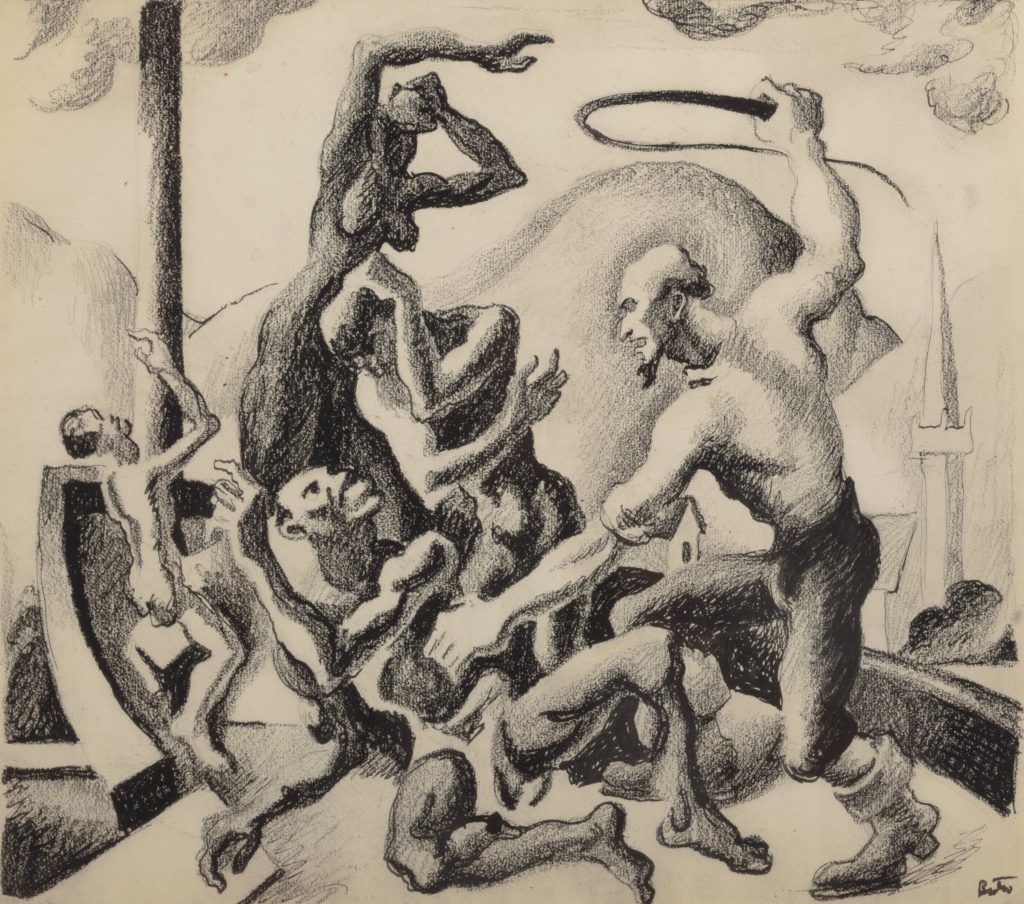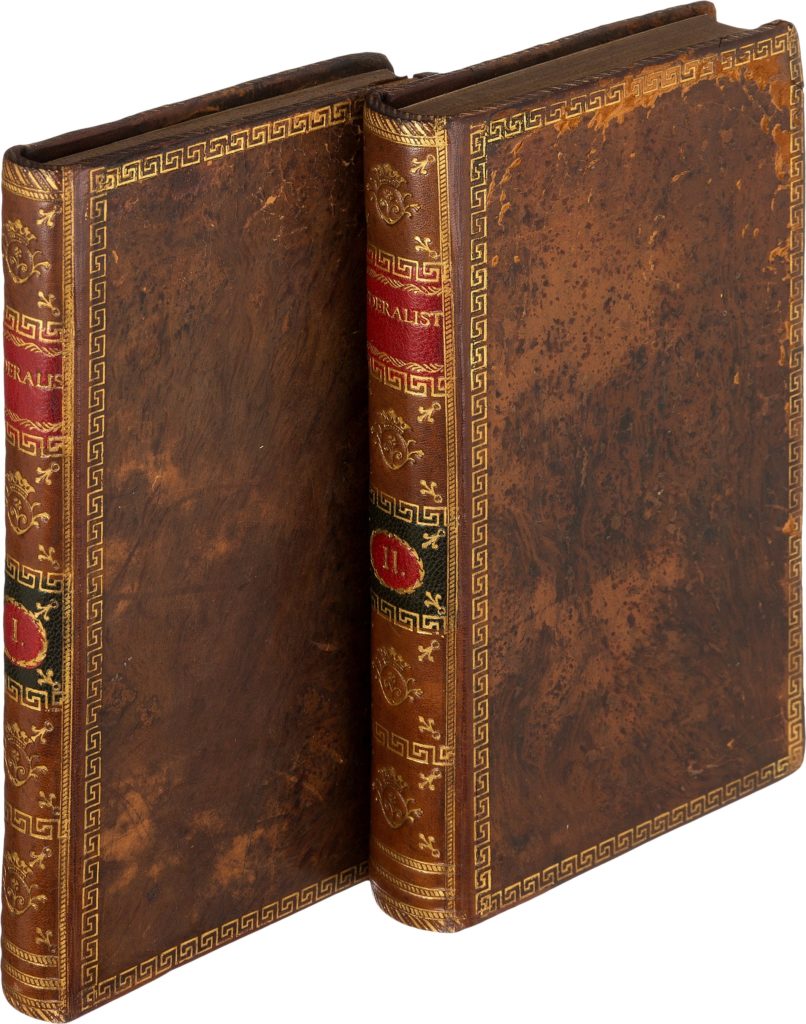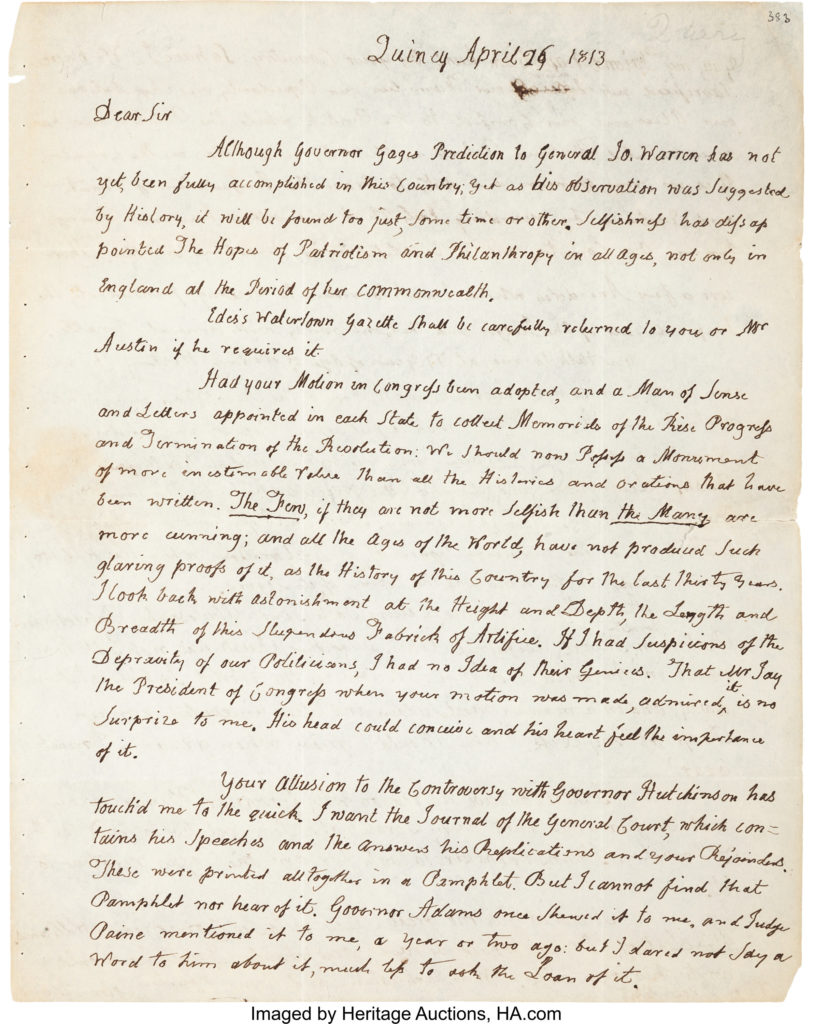
By Jim O’Neal
President James Madison set the rather dubious record of having both of his vice presidents die in office. George Clinton went first on April 20, 1812. Clinton also set a record as the first person to lie in state at the Capitol. However, it was for only two hours pending finalization of his burial services.
Then Vice President Elbridge Gerry died on Nov. 23, 1814, during Madison’s second term as president. Gerry’s name is still in common use today … “gerrymandering” is a way to draw voting districts to favor a candidate or political party. Gerry also holds the distinction of being the sole signer of the Declaration of Independence to be buried in the nation’s capital. He is interned at the Congressional Cemetery, which is the only “cemetery of national memory” founded before the Civil War. Although it is privately owned, the federal government has 806 plots that are used for ex-members of importance.
Neither VPs Clinton nor Gerry were replaced, since the Constitution at the time did not have a provision for filling a vice presidential vacancy. If a VP died, the job was held open pending the next election. Congress finally got around to addressing this in 1967 with the ratification of the 25th Amendment. In the aftermath of President John F. Kennedy’s assassination, the 25th provides the specific procedures for replacing the president or vice president in the event of death, removal, resignation or incapacitation (better late than never!).
Clinton had earlier served as Thomas Jefferson’s second vice president (Aaron Burr was the first) and was one of two vice presidents who served under two different presidents. John C. Calhoun was the other to have this iffy honor.
Calhoun was VP for John Quincy Adams and then Adams’ successor, Andrew Jackson. Calhoun then resigned the vice presidency to become a senator from South Carolina. The South Carolina legislature had voted to nullify federal tariff laws and threatened to secede from the Union if the issue was not resolved. Calhoun, ever the politician, thought the tariff issue could best be resolved by Congress and he thought he would be of more help to South Carolina as a senator.
However, Jackson began mobilizing federal troops to send to Charleston and made headlines by stating he would hang Calhoun if South Carolina went ahead with their threat to secede from the Union. In December 1832, Jackson issued a “Proclamation on Nullification,” warning that disunion by force was treason! Recall that this was nearly 30 years before the Civil War started.
President Jackson remained steadfast on federal tariffs. First, he was adamant that the Constitution trumped states’ rights. Asked if he had a message to those who threatened to secede, he replied: “Yes, give them my compliments and say that if a single drop of blood is shed in opposition to the laws of the United States, I will hang the first man upon the first tree I can reach!”
Secondly, he knew the federal tariffs were critical to his firm pledge to pay off the national debt. Remarkably, Jackson made good on his promise to eliminate the national debt. On Jan. 8, 1835, the federal government paid off 100 percent of the national debt … the first time in the history of the country. Fittingly, it was the 20th anniversary of the Battle of New Orleans. The following year, an even more astonishing event occurred. President Jackson approved returning surplus treasury funds to individual states.
With the current national debt at more than $22 trillion, and another $100 trillion in liabilities (Social Security and Medicare), I suspect zero national debt will require a degree of financial wizardry not seen since Bernie Madoff was reluctantly letting people give him their money to invest.
 Intelligent Collector blogger JIM O’NEAL is an avid collector and history buff. He is president and CEO of Frito-Lay International [retired] and earlier served as chair and CEO of PepsiCo Restaurants International [KFC Pizza Hut and Taco Bell].
Intelligent Collector blogger JIM O’NEAL is an avid collector and history buff. He is president and CEO of Frito-Lay International [retired] and earlier served as chair and CEO of PepsiCo Restaurants International [KFC Pizza Hut and Taco Bell].

